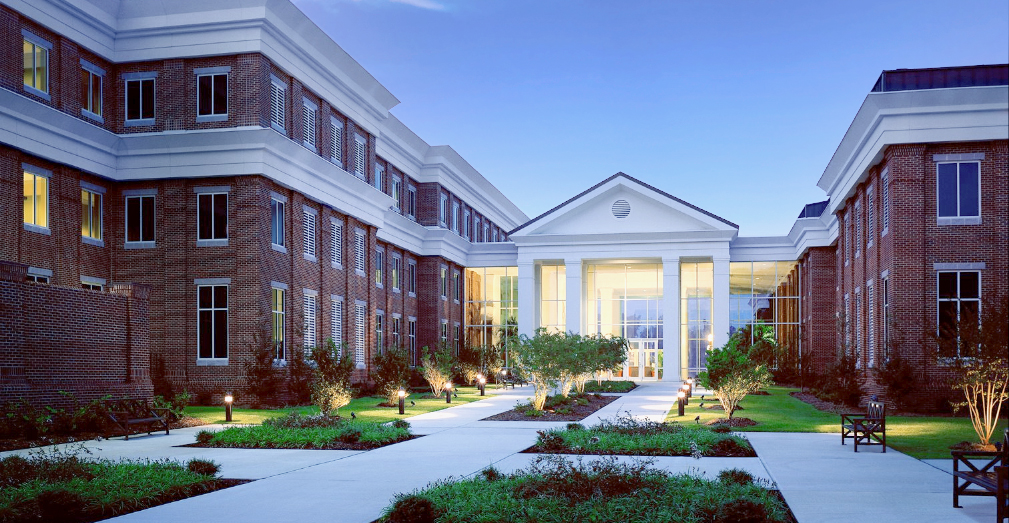Hurricanes
Atlantic Hurricane Season begins June 1st and ends November 30th.
About Hurricanes
A hurricane is a type of tropical cyclone, which is a generic term for a low pressure system that generally forms in the tropics. The cyclone is accompanied by thunderstorms and, in the Northern Hemisphere, a counterclockwise circulation of winds near the earth's surface. Hurricanes are categorized according to the strength of their winds using the 1 to 5 rating on the Saffir-Simpson Hurricane Scale. Hurricanes reaching Category 3 and higher are considered major hurricanes because of their potential for significant loss of life and damage.
Saffir-Simpson Scale for Hurricane Classifications
| Category | Wind Speeds | Damage |
|---|---|---|
| 1 | 74-95 MPH | Very dangerous winds will produce some damage: Well-constructed frame homes could have damage to roof, shingles, vinyl siding and gutters. Large branches of trees will snap and shallowly rooted trees may be toppled. Extensive damage to power lines and poles likely will result in power outages that could last a few to several days. |
| 2 | 96-110 MPH | Extremely dangerous winds will cause extensive damage: Well-constructed frame homes could sustain major roof and siding damage. Many shallowly rooted trees will be snapped or uprooted and block numerous roads. Near-total power loss is expected with outages that could last from several days to weeks. |
| 3 | 111-129 MPH | Devastating damage will occur: Well-built framed homes may incur major damage or removal of roof decking and gable ends. Many trees will be snapped or uprooted, blocking numerous roads. Electricity and water will be unavailable for several days to weeks after the storm passes. |
| 4 | 130-156 MPH | Catastrophic damage will occur: Well-built framed homes can sustain severe damage with loss of most of the roof structure and/or some exterior walls. Most trees will be snapped or uprooted and power poles downed. Fallen trees and power poles will isolate residential areas. Power outages will last weeks to possibly months. Most of the area will be uninhabitable for weeks or months. |
| 5 | 157+ MPH | Catastrophic damage will occur: A high percentage of framed homes will be destroyed, with total roof failure and wall collapse. Fallen trees and power poles will isolate residential areas. Power outages will last for weeks to possibly months. Most of the area will be uninhabitable for weeks or months. |
| Non-Hurricane Classifications | ||
| TD | < 38 MPH | |
| TS | 39 - 73 MPH | |
| Source: National Hurricane Center | ||
Watch vs. Warning
Watch
A watch is an announcement that storm conditions pose a possible threat to specific areas within 48 hours.
Warning
A warning is when storm conditions are expected somewhere in the specified areas within 36 hours.
About Storm Surge
Storm surge is simply water that is pushed toward the shore by the force of the winds swirling around the storm. This advancing surge combines with the normal times to create the hurricane storm tide, which can increase the mean water level to heights impacting roads, homes and other critical infrastructure. In addition, wind driven waves are superimposed on the storm tide. The storm surge combined with wave action can cause extensive damage.
